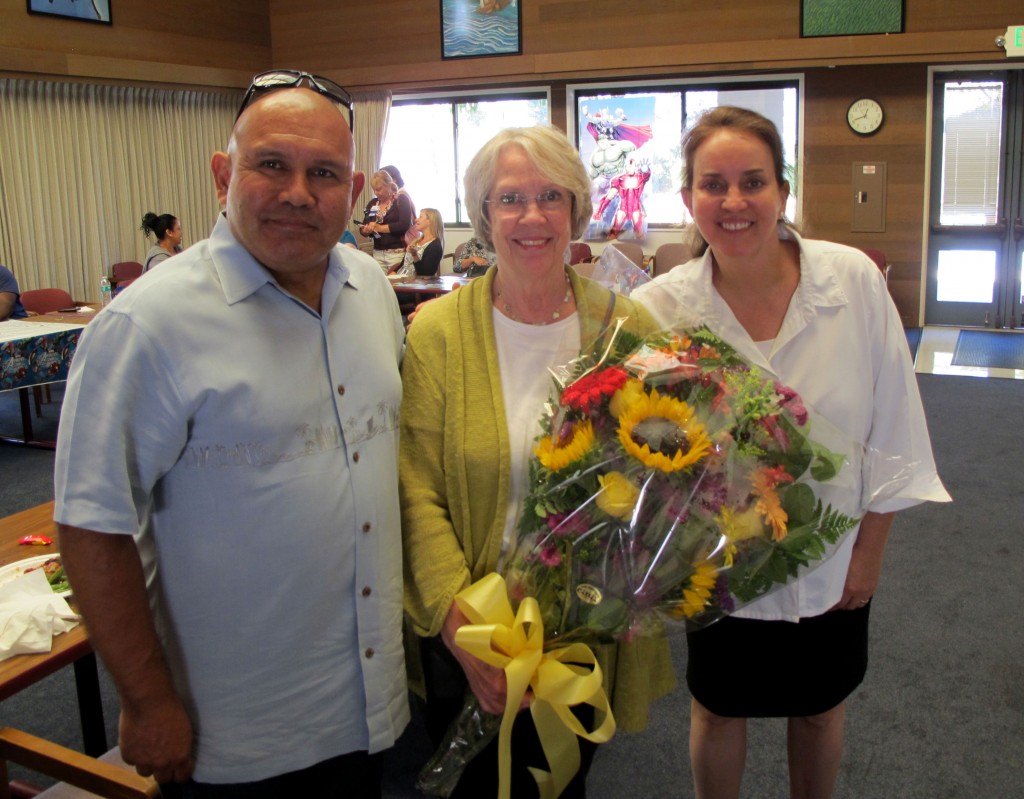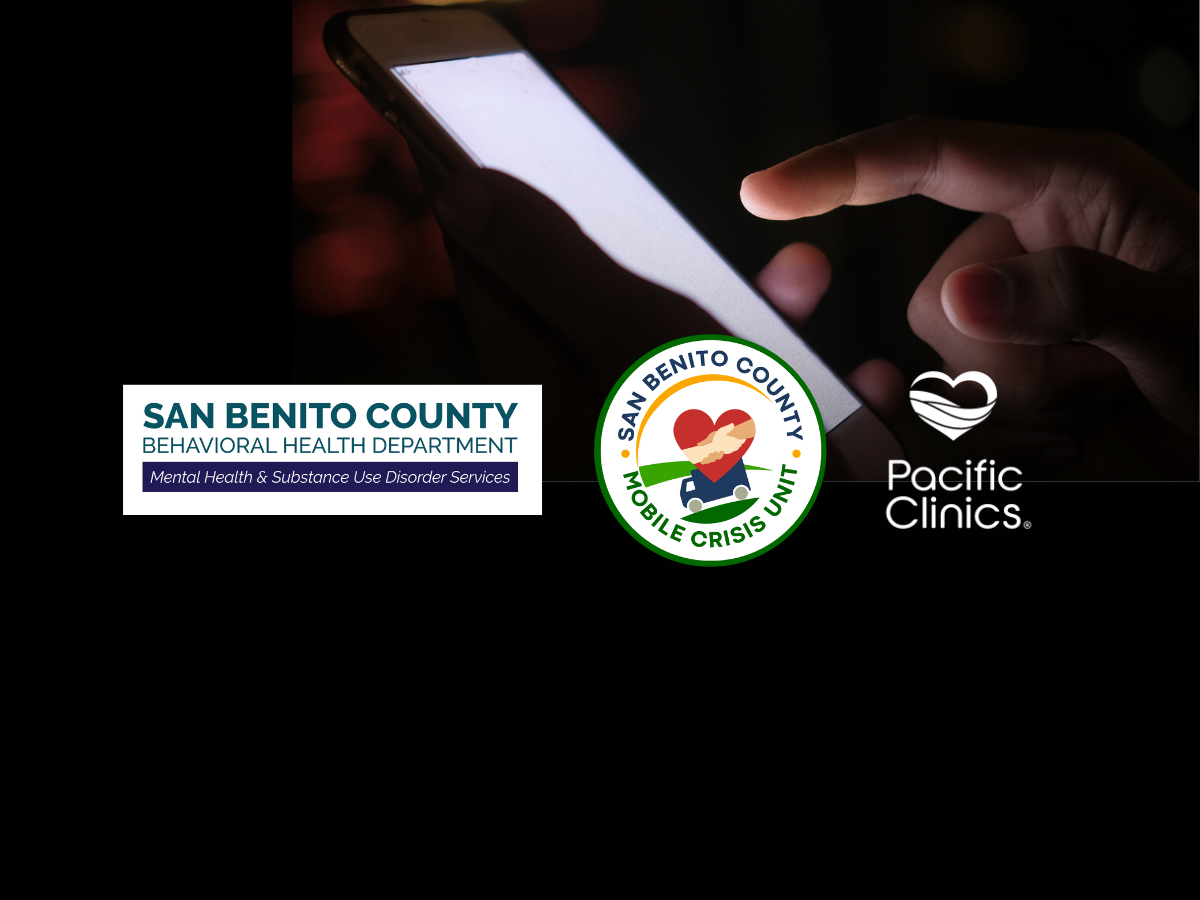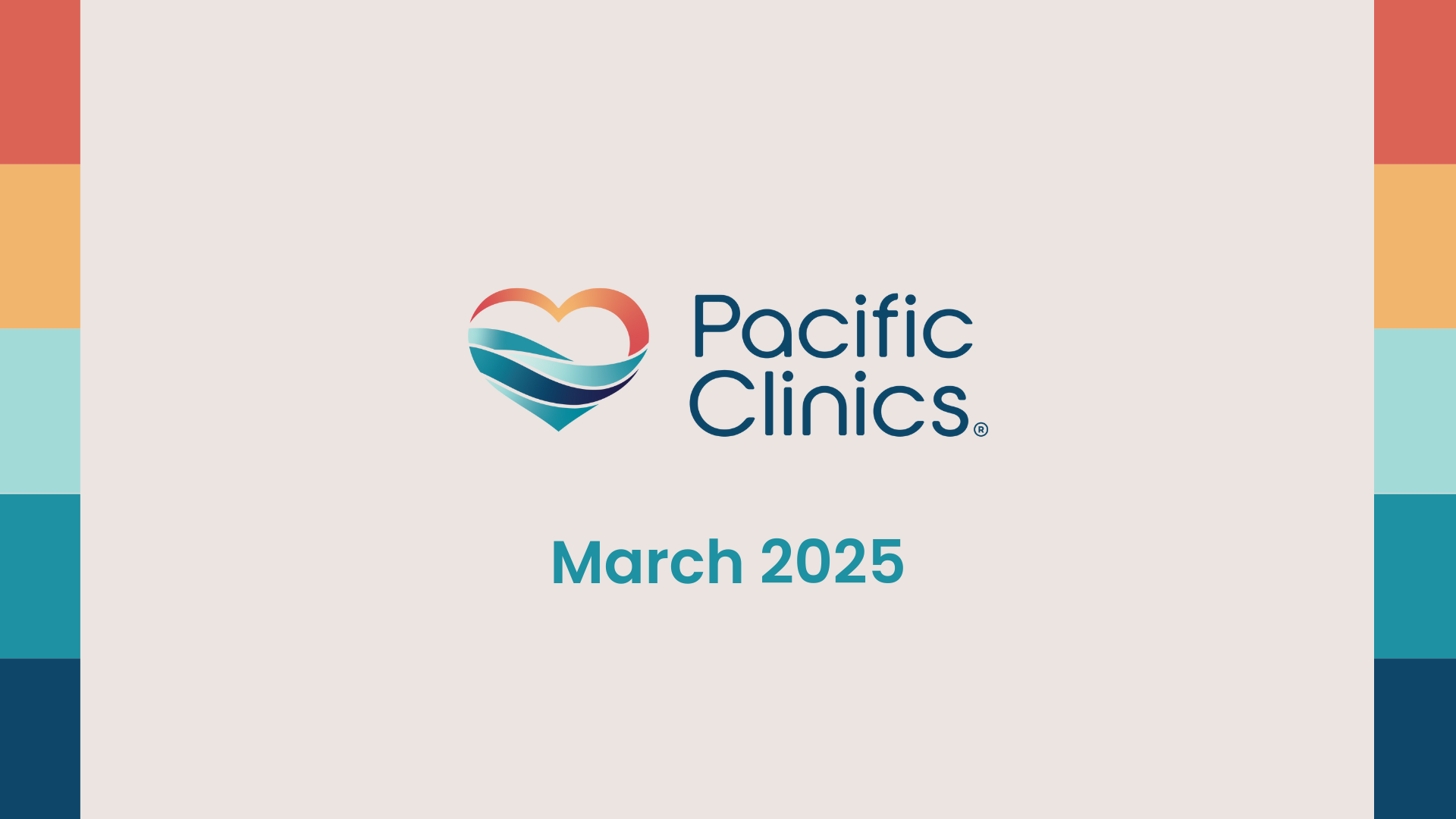Campbell, CA, September 23, 2015 – In Silicon Valley’s Santa Clara County, teen suicides occur – and often cluster – at a rate higher than the California average.[1] There is a growing need for quality mental health care to bring relief to this disturbing trend. September is Suicide Prevention Month, and this week also marks the one-year anniversary of the full implementation of services uniquely designed to meet this need, the Crisis Continuum of Services of EMQ FamiliesFirst . EMQ FamiliesFirst is one of California’s largest, most comprehensive mental health and behavioral health treatment agencies.
In 2013, suicide was the second leading cause of death for youth ages 15 to 24.[2] Across the nation, the ratio of suicide attempts to suicide death in youth is estimated to be about 25:1.[3]
At EMQ FamiliesFirst, the three-part Crisis Continuum of Services – Mobile Crisis Program, Crisis Stabilization Unit, and Community Transition Services – served higher than anticipated numbers of children, teens and their families in the past year, averaging 200 youth per month. Now that all three services are in place, success as measured by hospital diversion rate is 70 percent.
“It’s a frightening experience for the family when a child or teen attempts or contemplates suicide,” said Laura Champion, executive director for the Bay Area Region. “If parents are involved from the beginning, we can give them the tools and services they need to be more confident. Our goal is to keep children safe with the people who love them and to ensure ongoing support and services for the family.”
Local schools and police departments have relied on the agency’s Mobile Crisis Program for more than 20 years. A skilled team of clinicians arrives on site and supports the child and separately begins to give the parents tools for remaining calm and capable in crisis.
For children and teens who need more intensive or longer care, the agency’s Crisis Stabilization Unit opened one year ago and is available for an up-to-24-hour hold for assessment and treatment. The center is a warm, welcoming and home-like setting.
“When a child or teen is in crisis, the last thing we want for them is to experience more trauma through the services that come to their rescue,” Laura said. “Our clinical teams and our Crisis Stabilization Unit are calm and family-focused.”
Whether served by the Mobile Crisis team or Crisis Stabilization Unit, the goal is to return a child or teen home to family with a safety plan in place and connected to continuing services. For some, that means possible same day and up to 90-day supports from the agency’s Crisis Transition Services, which opened in July of 2013.
As each of the two new services has become available over the past two-plus years, outcomes have continued to improve. It is hard to compare the success of the Crisis Continuum of Services as this full complement of services is rare. What contributes to the success rate of the Crisis Stabilization Unit is the emphasis on keeping youth for as short a time as possible as well as the emphasis on immediately connecting the child and family with continuing services. Other programs keep youth for longer periods and have success rates closer to 50 percent. In general, crisis services are not widely available.
The Mobile Crisis Program, Crisis Stabilization Unit, and Crisis Transition Services are available 24/7, 365 days a year.
About EMQ FamiliesFirst
EMQ FamiliesFirst is one of the largest, most comprehensive mental and behavioral health treatment programs in California. EMQ FamiliesFirst takes a state-of-the-art approach to children and adolescents with complex behavioral health challenges and helps them recover from trauma such as abuse, severe neglect, addiction and poverty. For youth that exit our programs, over 90% are living in the community, staying in school, and remaining out of trouble. For more information, visit www.emqff.org and follow the agency on Twitter @emqff.
[1] 10 per 100,000 in Santa Clara County compared to 7.7 per 100,000 throughout California, “Youth Suicide Rate” Kidsdata.org. 2013. Web. <Kidsdata.org, 2011-2013>
[2] National Vital Statistics System, National Center for Health Statistics, CDC, 2013
[3] “Centers for Disease Control and Prevention (CDC) Data & Statistics Fatal Injury Report for 2013.” www.afsp.org. 2013. Web. <https://www.afsp.org/understanding-suicide/facts-and-figures>








